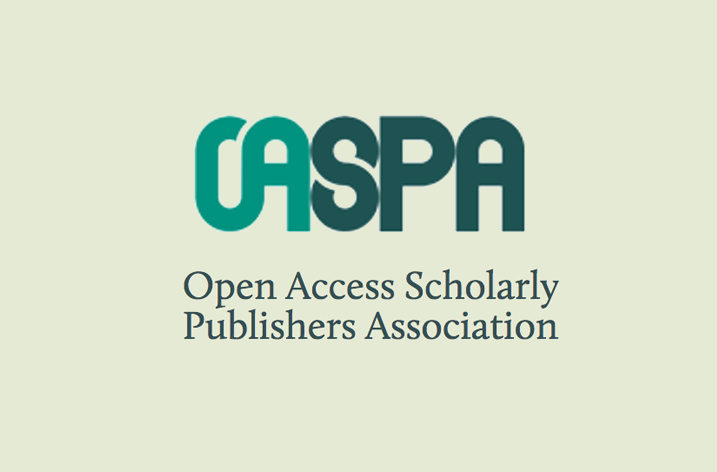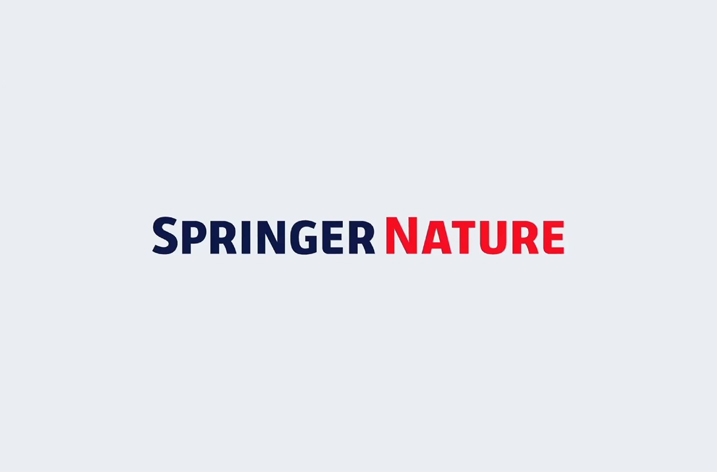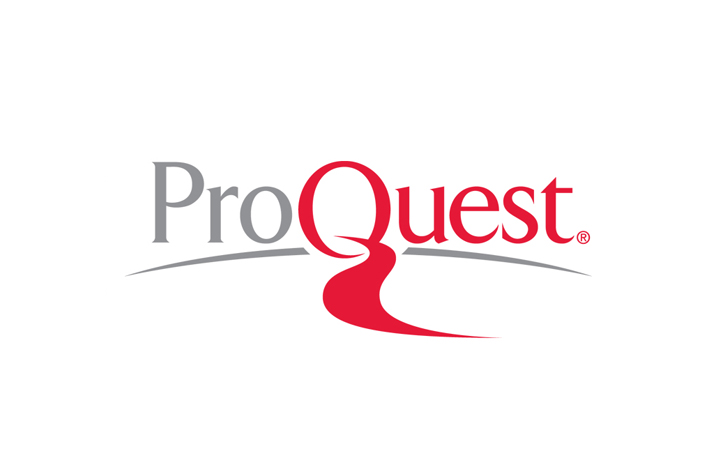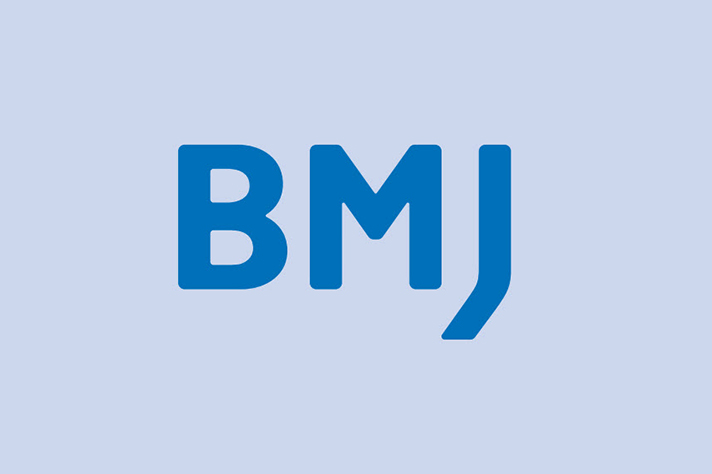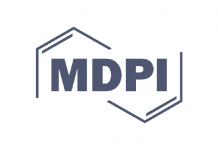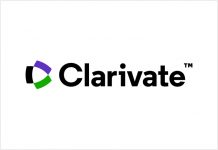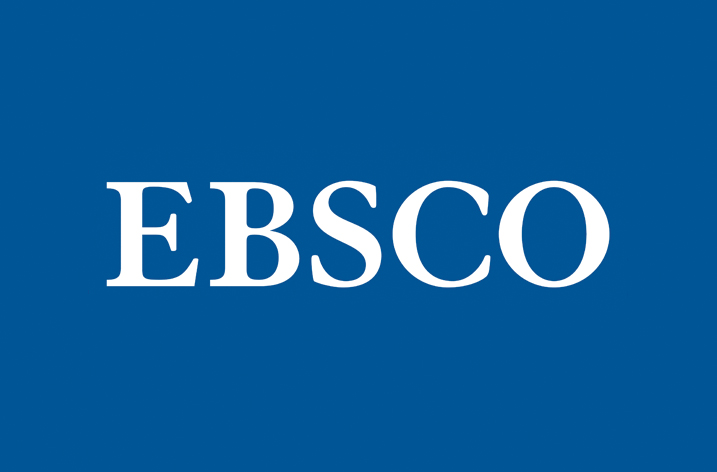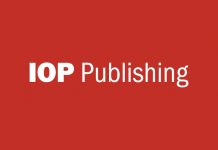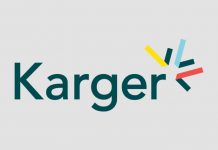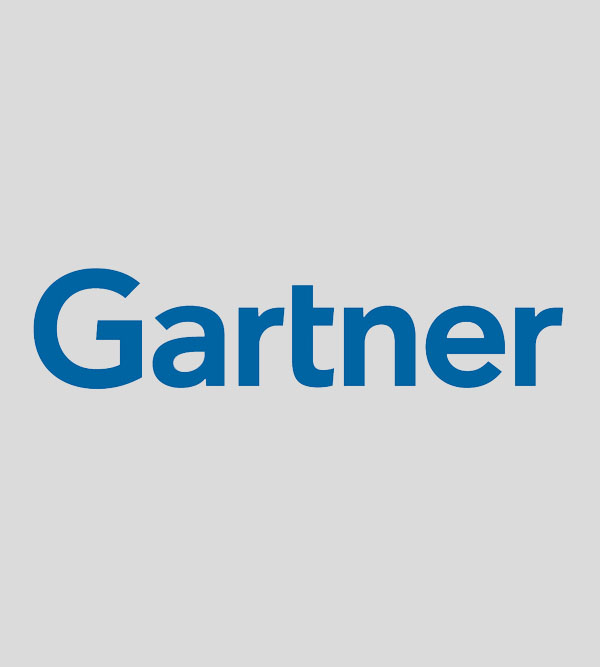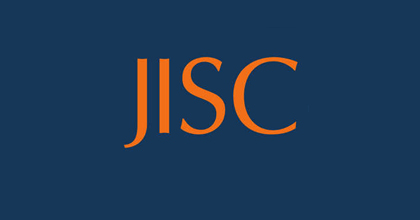Elsevier, a world-leading provider of medical content and solutions, today announced ClinicalKey, the next generation of online clinical information resources. ClinicalKey draws answers from the largest collection of clinical resources, covering every medical and surgical specialty—eliminating physicians’ reliance on less accurate sources. ClinicalKey’s content includes more than 700 textbooks and 400 top medical journals, providing the most current clinically relevant evidence-based answers, as well as expert commentary, MEDLINE abstracts and select third-party journals.
“Physicians are under severe time pressure and want their answers fast and relevant, with comprehensive depth available if they want,” said Dr. Jonathan Teich, Elsevier’s Chief Medical Informatics Officer. “By reducing the time it takes to find the best answer and providing trusted, more comprehensive content, we’re able to help clinicians spend more time with their patients to achieve better outcomes.”
As Elsevier’s new ‘clinical insight engine’, ClinicalKey provides faster, smarter access to the relevant online clinical answers physicians seek. After conducting market research with more than 2,000 physicians, Elsevier designed ClinicalKey to meet the three key search requirements those physicians demanded:
- Comprehensive – ClinicalKey includes answers based on the largest proprietary collection of clinical resources in one place online, representing every medical and surgical specialty and information at all levels, from expert opinion to primary data. Resources include textbooks, journals, monographs, videos and images.
- Trusted – ClinicalKey provides access to the latest peer-reviewed and evidence-based information available from Elsevier, a world-leading provider of science and health information.
- Fast – With its unique technology, ClinicalKey’s speed-to-answer is unmatched, providing more relevant answers to clinical questions than those provided by any other conventional clinical search engine.
Information found on ClinicalKey is also easily shared, helping colleagues and care teams make the best decisions for patients. For example, the built-in presentation maker allows physicians to dynamically communicate the latest medical and surgical information to colleagues and care teams. With one click they can share a paper, chapter, image, or video via email.
Smart Content
ClinicalKey is powered by Elsevier’s Smart Content, tagged with EMMeT (Elsevier Merged Medical Taxonomy), which enables ClinicalKey to understand clinical terms and thus discover medical content that is the most relevant, plus find related content that would be missed by other search engines. Elsevier’s Smart Content has been designed to understand the vast number of relationships between clinical concepts. By organizing these relationships in a hierarchical manner, it guarantees that ClinicalKey provides specific, targeted results to physicians’ questions.
The tool allows clinicians to filter search results by clinically meaningful subcategories (content type, specialty, and by relevant clinical categories like treatment and diagnosis). Specialty-specific tools enable physicians to quickly go from topic overview to in-depth specialty information to meet clinical challenges.
ClinicalKey will initially launch with an institutionally focused product whose primary users will be clinicians at hospitals, healthcare systems and medical schools. Beginning in Q3 2012, Elsevier will market an individual clinician version.
“ClinicalKey is part of Elsevier’s continuing efforts to help clinicians improve quality and efficiency through the smarter use of healthcare information,” said Jim Donohue, Elsevier’s Managing Director, Global Clinical Reference. “Along with Elsevier’s other clinical, educational and administrative resources, ClinicalKey enhances workflow without disruption and ultimately helps physicians deliver better patient outcomes.”



